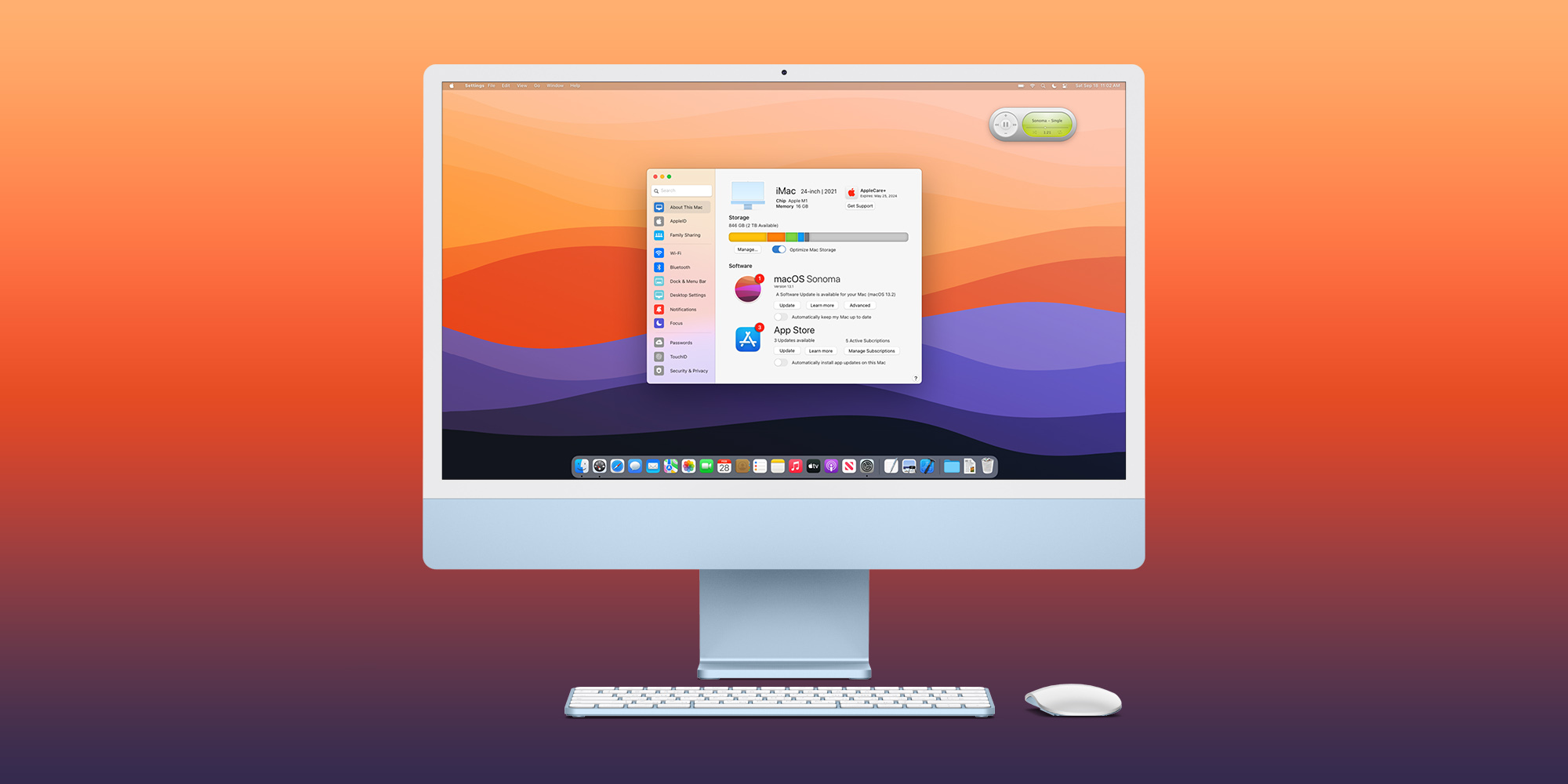

Mac OS 9 ended the era of “classic” Mac OS, passing features along to Mac OS X (X being the Roman numeral for 10), and the modern macOS.īlake Patterson/ Flickr Mac OS X Public Beta Kodiak (2000) Mac OS 9 improved wireless networking support, and introduced Remote Networking, on-the-fly file encryption, and an early version of multi-user support. It did add HFS+ and the ability to clone files in the background at least.

Mac OS 8 wasn’t very different from 7-it was named 8 to terminate third-party manufacturers’ licenses to System 7 and stop the manufacturing of Mac clones.
#MAC OS SYSTEMS UPDATE#
This update was called Mac OS 7.6, and the “Mac OS” naming trend would continue into Mac OS 8 and Mac OS 9 in 19. The naming system of Mac OS changed an the update to System 7. You can emulate System 7 on your current Mac if you’re curious about it. It also added new applications and it changed the user interface quite a bit. It had virtual memory support, built-in cooperative multitasking, and added aliases. In late 1987, System Software 5 finally allowed Mac users to run more than one application at a time, which System Software 6 improved upon in 1988.īig changes came when System 7 arrived in 1991. System 3 and System 4 were released in 19 and allowed Macintosh computers to work with more external devices. System 2 was released in 1985, and added support for AppleTalk networking protocols. System 1 introduced the menu bar to Apple computers, along with “desk accessory” applications like the Calculator and Alarm Clock. System 1 helped popularize graphical user interfaces, where people clicked on icons instead of typing in code to use their computer. Updated December 2019: Everything is up to date through macOS Catalina.The Macintosh computer was released in 1984 with an OS known as Macintosh System Software, or System 1. If you have any more questions about reinstalling macOS on your Mac, let us know in the comments.
#MAC OS SYSTEMS HOW TO#
How to set up and customize your Mac from scratch Questions? If you're starting from scratch, you'll need to set up your Mac from scratch. Your Mac will now go through the normal macOS installation process, eventually restarting.
#MAC OS SYSTEMS INSTALL#
Click on the drive on which you wish to install macOS.How to reinstall macOS while in Recovery mode If you're running macOS High Sierra or later on a Mac with an SSD, your choices will be some form of APFS. Click on the format you want to use for your drive.Click on your startup disk in the Disk Utility sidebar.If you want the content on your Mac to stay intact, skip to the next section. If you need to start completely fresh, then you'll want to erase your startup disk using Disk Utility. How to erase your startup disk in macOS Recovery mode First Aid will run, checking the health of your Mac's drive. It should be the drive at the top of the sidebar if there are multiple drives. Click on your Mac's startup drive in the Disk Utility sidebar.Click Disk Utility when in macOS Recovery.You'll need to use Disk Utility to do that. The first thing you'll want to do is make sure your Mac's startup disk is healthy. How to check your startup disk with Disk Utility in macOS Recovery mode Press Shift - Option - Command - R to install the version of macOS that came with your Mac, or the version closest to it that's still available.Press Options - Command - R to upgrade to the latest version of macOS that's compatible with your Mac.Press Command - R to install the latest version of macOS that was installed on your Mac without installing a later version.


 0 kommentar(er)
0 kommentar(er)
